Kamahi Devi
Kamakshi Devi temple is one of the “Shakti peeth” among the 108 Shakti Peeth’s present on the earth. Maa Kamakshi Devi temple is placed in the lap of Shivalik hills of Dasuya Forest region of Punjab. There is an old temple of Lord Shiva in the premises of the Kamakshi Devi Temple where Yudhishtra had performed Tapasya before going to Virat Nagar. There is a “Pavitra Sarovar” on the left side of the temple. Kamakshi Devi temple also known as Kamahi Devi these day.
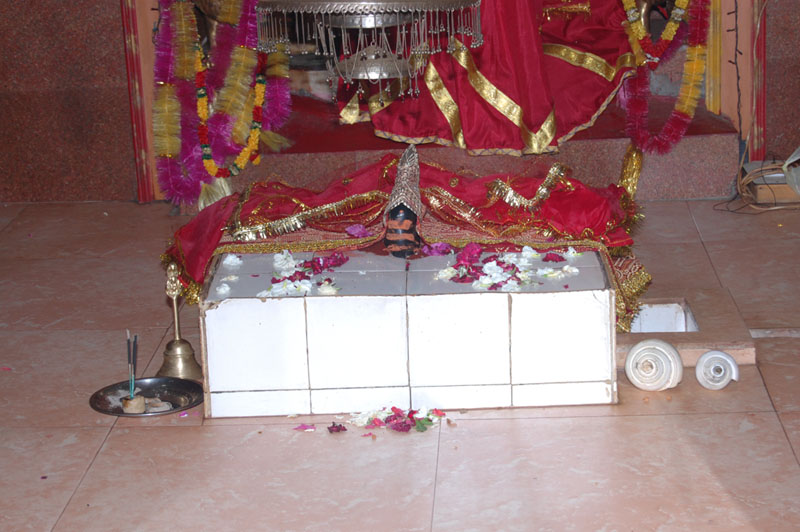

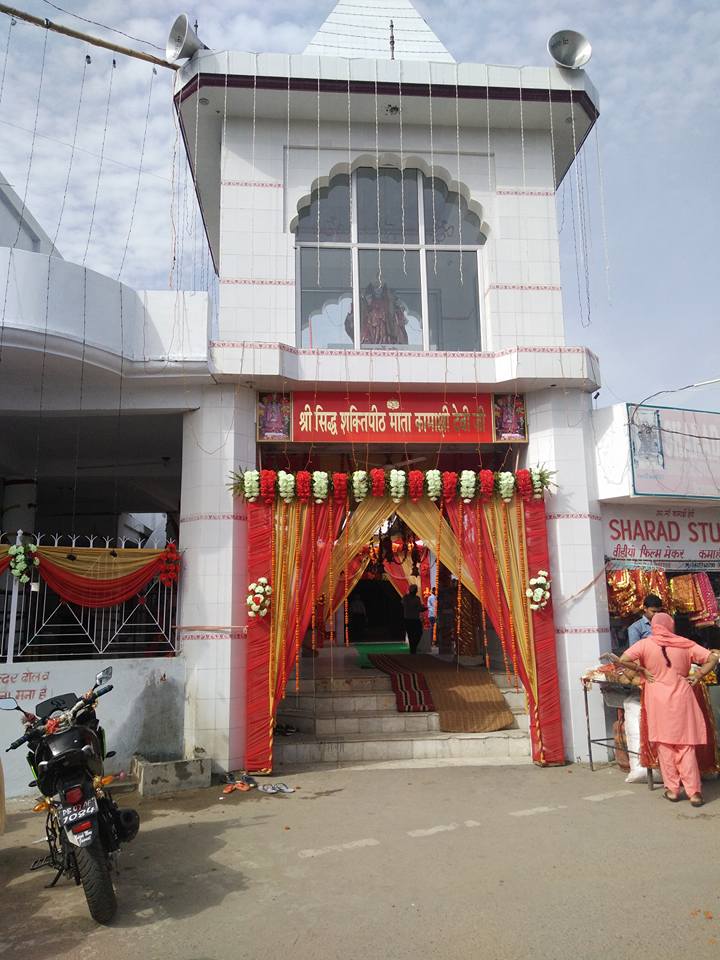
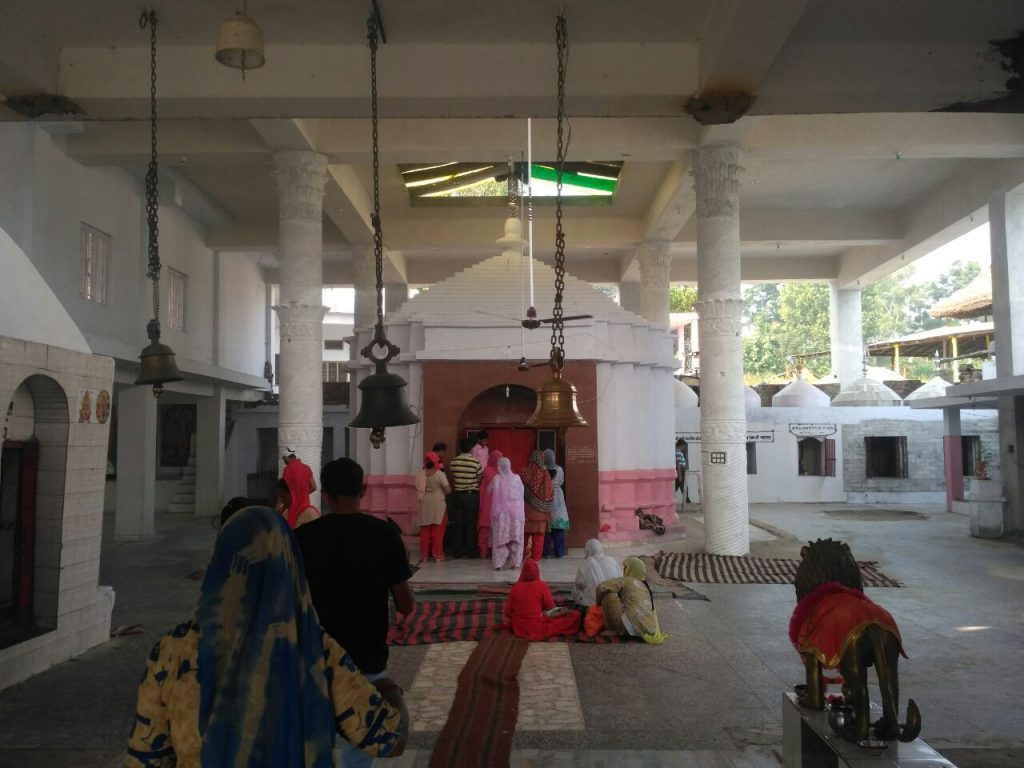
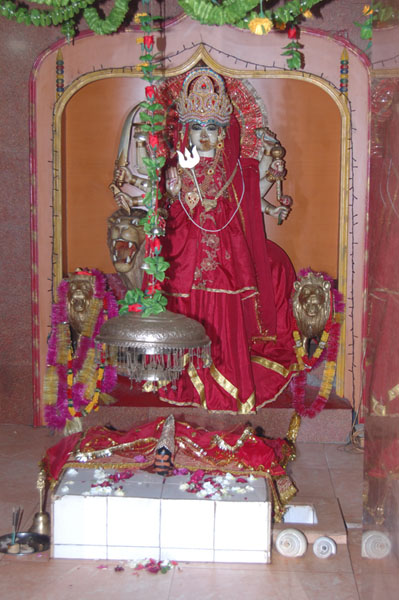
Kamahi Devi Temple History
As per Hindu religion history the Kandi area of Distt Hoshiarpur of Punjab is having the great historical importance with evidences, which are related to the important life events of Pandvas. Pandvas had spent the last year of their Vanvas so called Agyatvas in this area.
Videos
As per old stories during the Agyastvas of Pandvas enter in the low laying area of the Kandi Area the byass river flowing with heavy current and Pandvas was not able to cross the river. In order to cross the river Pandvas has invocation the Maa Hadimba Devi to help him.
On the request of Pandvas when Maa Hadimba Devi come to light. Maa Place his feet on the top of the Hill area. Maa Hadimba Devi Open her eyes and burn everything which come in front of her eye sight. So the Kandi area is cursed by Maa Hadimva Devi, that is why there is no natural water resource above the earth which commonly flow in hill area. Like water fall , automatic Water flow from earth ‘Suya’ etc.
When Pandvas were wondering in the forest areas and they were not able to found the water anywhere. Yudhishtra had performed worship of Lord Shiva and Lord Shiva come to light and suggest him to Worship the Maa Kamakshi Devi. Kamakshi Devi Goddess has water in his feet. Yudhishtra invocation the Maa Kamakshi Devi and Pandvas was able to end their thirstiness.
From that Day a continuously water is flowing from the feet of Maa Kamakshi Devi and store in holy Srover which was used by Water Supply and Sanitation department Of Punjab for water supply to the near by villages.
ABOUT THE AREA
The semi hilly area of District Hoshiarpur of Punjab State has been a Historical place since ancient times. This place is surrounded by small hills and forests of the Shivalik Range and has been the destination for meditation and Sadhana by the great ancient yogis. As mentioned in the great Epic ‘Mahabharata’, the Pandavas had led the last year of their incognito exile in this very area. It is said that many evidences of the incidents of their stay during this period are still intact in this area.
‘Viratnagar’ which is known today as ‘Dasuya’ is mentioned in the Mahabharta. The Pandava Sarover is the living example of that age. Situated at the foothills of this hilly area, the town is full of ancient Pandava-time anecdotes. It is said that before going to Viratnagar, the Pandavas had spent their ‘Agyatvas’ in these hilly forests. At Kantipur, there is a banyan tree in which the Pandavas had hidden their weapons during the tenure. After the name of Mata Kunti this village became famous as Kuntipur which eventually has changed to ‘Koi’.
One day while roaming in the forest Mata Kunti felt thirsty and fainted then Arjuna struck an arrow at one place and water came out from the place. All the Pandavas quenched their thirst. These days this place is called Baanganga (sumb) which is in village Labbar Puhari. The people of the area revere this Baan Ganga as much as the Ganges. People bathe in it during many festivals.
While passing through the forests the Pandavas reached ‘Chamuhi’ village where Panchali became exhausted because of thirst. Veer ‘Bheem’ hit the earth with his knee and brought out water from the bosom of the earth. Today, this place is called ‘Bheemgoda’.
The Pandavas used to work at night and during days they remained hidden. As per one story, in village ‘Pandain’ even today there is one step-well which was built by them during one night. Also, one half-built step well is found in the vicinity of Kamakshi Devi temple.
The Kamakshi Devi temple is surrounded by many small villages. This is the miracle and the grace of Kamakshi Devi that around the Temple there is no dearth of water. On the left side of the temple there is a beautiful pond of water in which water enters from an underground stream passing under the feet of Maa Kamakshi Devi. The pond are under renovation/beautification process now.
Nearest Historical Place
This text briefly introduces visitors to your main services.
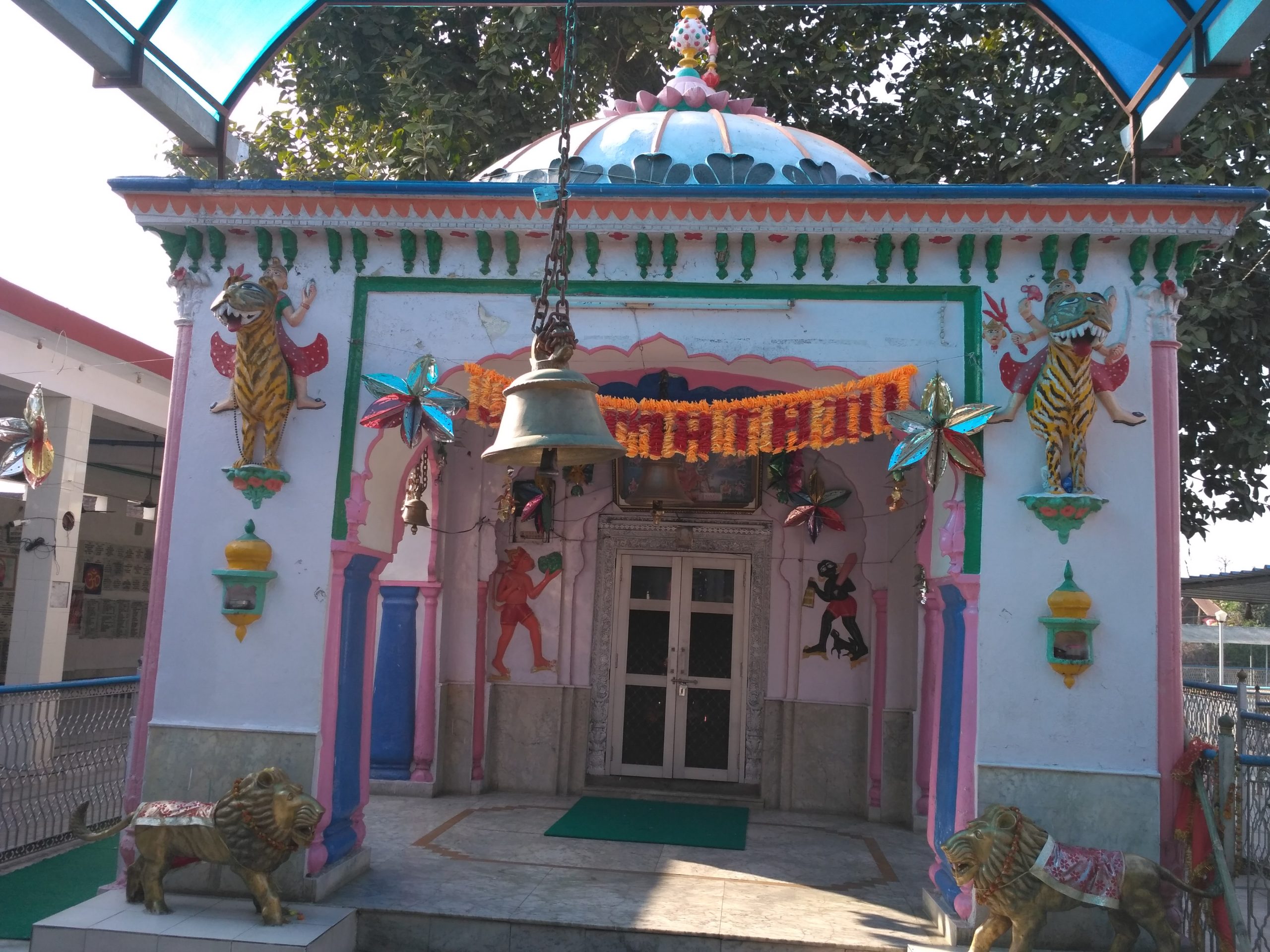
Dharampur Devi
A short description of the service and how the visitor will benefit from it.

Service 2
A short description of the service and how the visitor will benefit from it.

Service 2
A short description of the service and how the visitor will benefit from it.

Service 2
A short description of the service and how the visitor will benefit from it.
Why Choose Us
benefit 1
A short description of the benefit.
benefit 2
A short description of the benefit.
benefit 3
A short description of the benefit.
benefit 4
A short description of the benefit.
Client Testimonials



